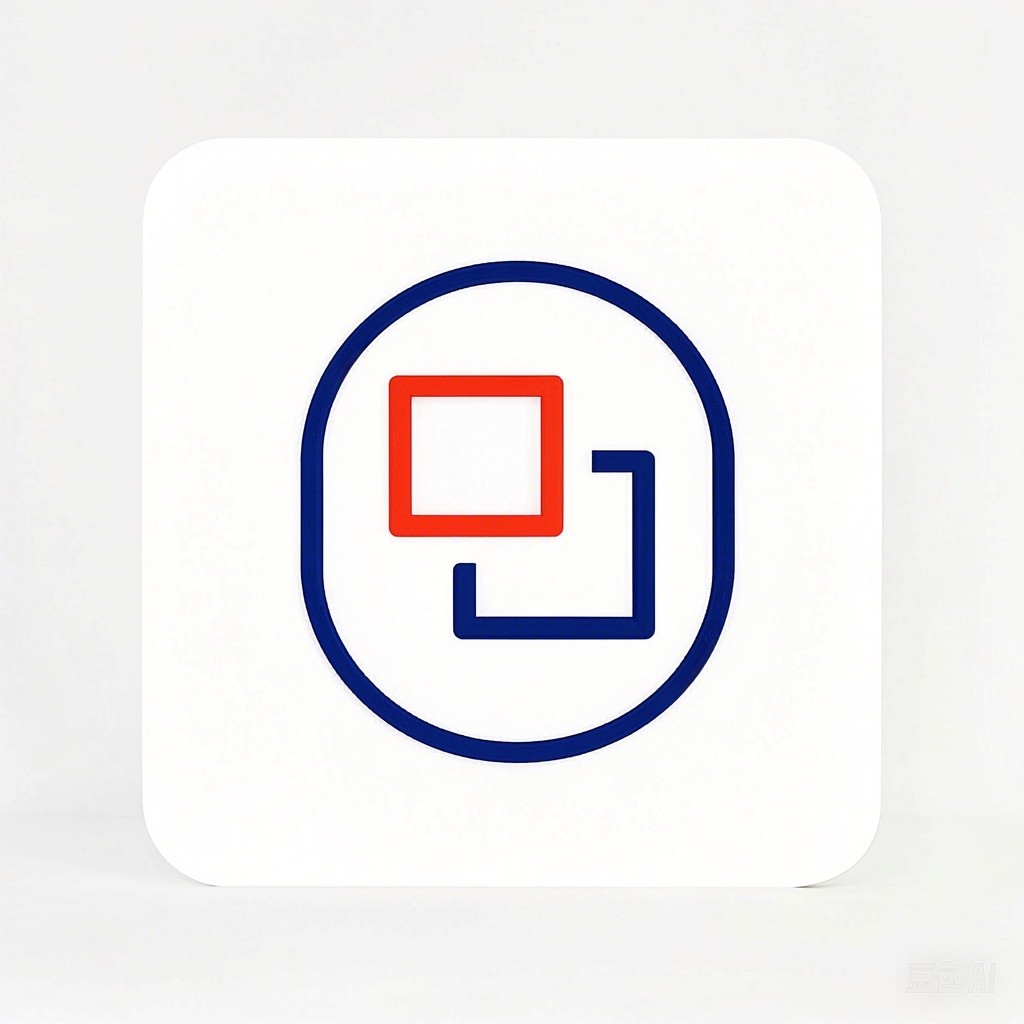在美食盛行的时代,一张张精美的美食照片不仅能够激发人们的食欲,更能展现食物的色香味形。随着人工智能技术的不断发展,AI在美食摄影中的应用也越来越广泛。本文将探讨如何利用AI技术提升美食摄影的水平,让你轻松拍出专业级的美味瞬间。
一、AI技术助力美食摄影
1. 图像识别与优化
AI图像识别技术能够快速分析照片中的食物、餐具、背景等元素,并对其进行优化处理。例如,通过AI识别出照片中的食物,可以自动调整色彩、亮度、对比度等参数,使食物更加鲜艳诱人。
# 以下为使用Python进行图像识别的示例代码
from PIL import Image
import requests
def get_image_optimized(image_url):
# 获取图片数据
response = requests.get(image_url)
image_data = response.content
# 打开图片
image = Image.open(BytesIO(image_data))
# 优化图片
optimized_image = image.convert('RGB')
optimized_image = optimized_image.resize((800, 600))
return optimized_image
# 示例图片URL
image_url = 'https://example.com/food.jpg'
optimized_image = get_image_optimized(image_url)
optimized_image.show()
2. 食物检测与跟踪
AI食物检测与跟踪技术可以帮助摄影者准确捕捉食物在拍摄过程中的动态变化。例如,在拍摄烹饪过程时,AI可以实时识别食物的位置和状态,为摄影者提供实时反馈。
# 以下为使用Python进行食物检测与跟踪的示例代码
import cv2
import numpy as np
def detect_food(image):
# 加载预训练的模型
model = cv2.dnn.readNetFromDarknet('yolov3.weights', 'yolov3.cfg')
# 转换为模型输入格式
blob = cv2.dnn.blobFromImage(image, 1/255, (416, 416), (0, 0, 0), True, crop=False)
# 进行推理
model.setInput(blob)
outs = model.forward()
# 遍历检测结果
for out in outs:
for detection in out:
scores = detection[5:]
class_id = np.argmax(scores)
confidence = scores[class_id]
# 设置置信度阈值
if confidence > 0.5:
# 计算食物位置
center_x = int(detection[0] * image_width)
center_y = int(detection[1] * image_height)
w = int(detection[2] * image_width)
h = int(detection[3] * image_height)
# 绘制食物轮廓
x = int(center_x - w / 2)
y = int(center_y - h / 2)
cv2.rectangle(image, (x, y), (x + w, y + h), (0, 255, 0), 2)
return image
# 示例图片路径
image_path = 'food.jpg'
image = cv2.imread(image_path)
detection_image = detect_food(image)
cv2.imshow('Detection', detection_image)
cv2.waitKey(0)
cv2.destroyAllWindows()
3. 虚拟摆盘与合成
AI虚拟摆盘与合成技术可以帮助摄影者创造出独特的美食摆盘效果。通过AI技术,可以将不同的食材、餐具、背景等元素进行组合,生成极具创意的美食摆盘图片。
# 以下为使用Python进行虚拟摆盘与合成的示例代码
import cv2
import numpy as np
def virtual_plating(background, ingredients, output_path):
# 背景图片
bg_image = cv2.imread(background)
# 食材图片
ingredient_images = [cv2.imread(img) for img in ingredients]
# 获取背景图片尺寸
bg_height, bg_width, _ = bg_image.shape
# 计算食材位置
positions = [((bg_width - w) // 2, (bg_height - h) // 2) for w, h in [img.shape[:2] for img in ingredient_images]]
# 合成图片
for i, (position, ingredient) in enumerate(zip(positions, ingredient_images)):
x, y = position
bg_image[y:y+ingredient.shape[0], x:x+ingredient.shape[1]] = ingredient
# 保存合成图片
cv2.imwrite(output_path, bg_image)
# 示例背景图片路径
background_path = 'background.jpg'
# 示例食材图片路径列表
ingredients_paths = ['ingredient1.jpg', 'ingredient2.jpg', 'ingredient3.jpg']
output_path = 'virtual_plating.jpg'
virtual_plating(background_path, ingredients_paths, output_path)
二、AI美食摄影实用技巧
1. 选择合适的AI工具
市面上有许多AI美食摄影工具,如手机APP、在线平台等。选择合适的工具可以帮助你更高效地完成摄影任务。以下是一些值得推荐的AI美食摄影工具:
- 手机APP:Foodie、Snapseed、VSCO等
- 在线平台:Piktochart、Canva、Adobe Express等
2. 优化摄影参数
在使用AI工具进行美食摄影时,要注意优化摄影参数,如光圈、快门速度、ISO等。适当的参数设置可以使照片更加清晰、美观。
3. 创意摆盘与构图
除了利用AI技术,摄影者还可以发挥自己的创意,进行独特的摆盘与构图。例如,可以尝试使用不同的餐具、背景,或者采用独特的视角来拍摄美食。
三、总结
AI技术在美食摄影中的应用越来越广泛,为摄影者提供了更多创作空间。通过运用AI图像识别、食物检测、虚拟摆盘等技术,摄影者可以轻松拍出专业级的美味瞬间。掌握AI美食摄影的实用技巧,让你的摄影作品更具吸引力。
